Natural Resources
Distribution and Impacts
Whether they are mining, geothermal, water, agricultural, or pastoral resources, these assets are often the source of population movements, competition, and exchanges. This is especially true in the African Rift, where water — the quintessential example upon which all components of the natural ecosystem depend — is unevenly distributed across space and time.
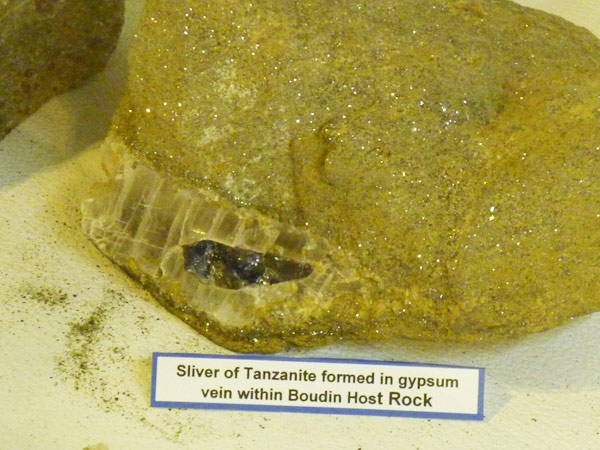
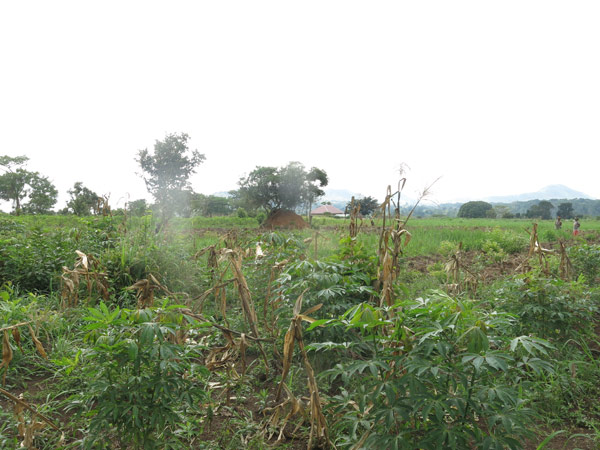
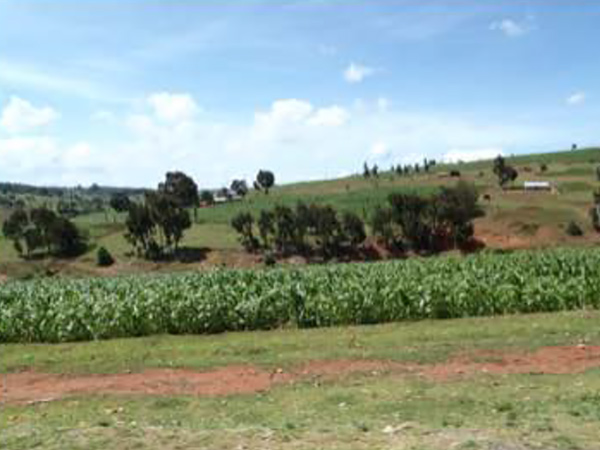
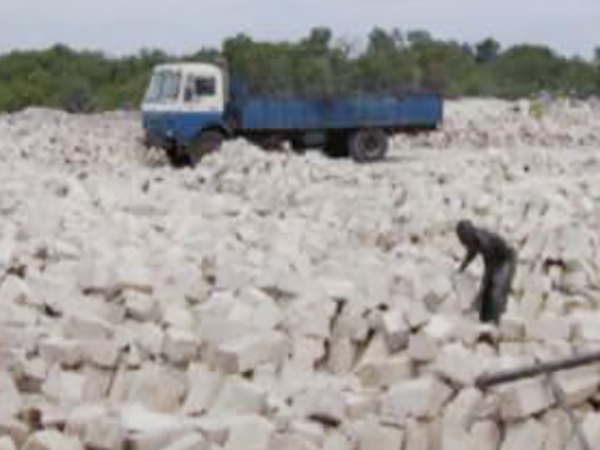
This also applies to mineral resources such as obsidian, salt, clays, and metals, whose spatial and temporal availability and distribution have played a significant role in the socio-economic transformations of human populations, as well as in their interactions with animal and plant life. Changes in the supply, quantity, quality, or spatial-temporal distribution of a resource can have significant impacts on several components of Rift systems.
We will thus explore the following questions:
What impact did water resources have on the emergence of the human lineage or the collapse of certain prehistoric societies?
How do these impacts still shape human societies today, for instance by altering landscapes and the natural courses of ancestral rivers through grazing, deforestation, or more recently, dam construction and the irrigation of arid lands?
Their environmental, societal, and geopolitical consequences must be considered in order to safeguard both these natural resources and the biodiversity of the Rift.
GDR Rift Research Areas:
See the directory for contact information of members associated with each research theme.
